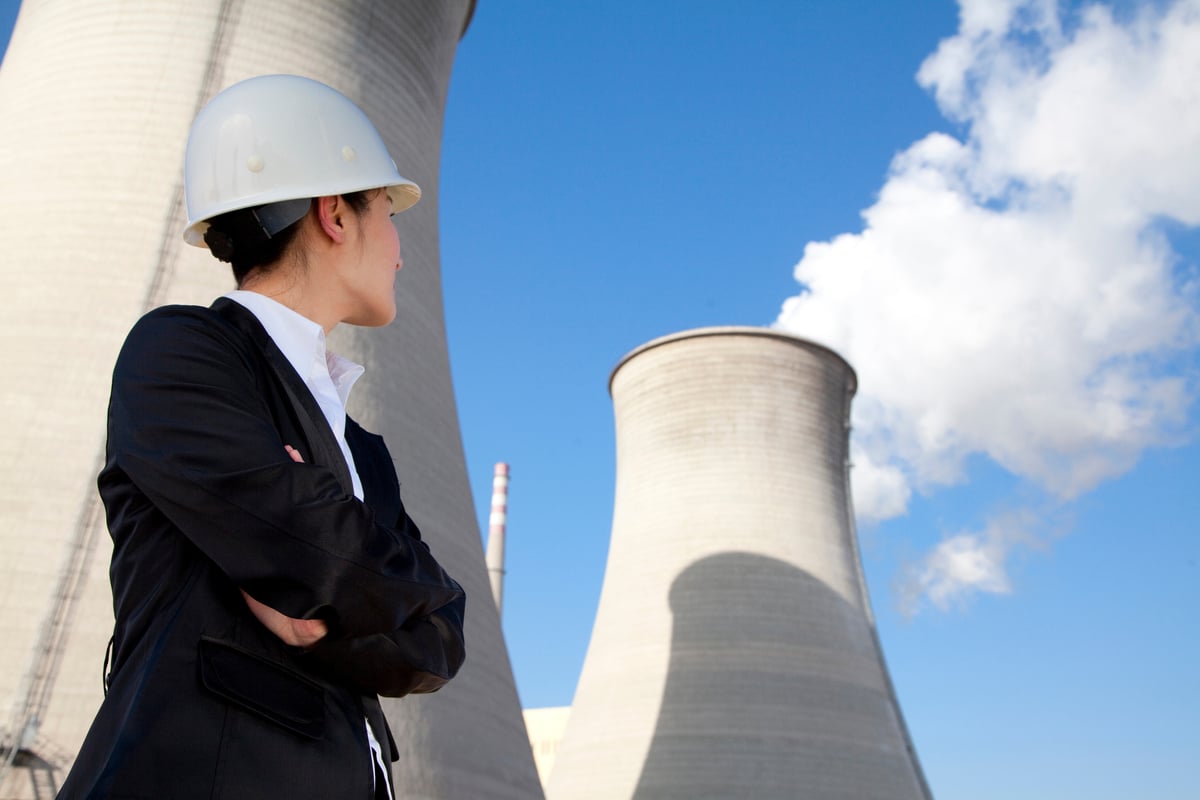U.S. oil majors are exiting a period of heavy liquefied natural gas (LNG) and oil spending. As megaproject production grows, and as capital is redirected to shorter cycle growth, then free cash flow should improve, all else being equal. Chevron (CVX 0.27%), compared to its U.S. peers ConocoPhillips (COP 0.28%) and ExxonMobil (XOM 0.09%), still has the furthest to wait until the period of heavy spending is over but, equally, Chevron has the most potential in terms of cash flow growth.
The company's strong growth portfolio looks well set to deliver strong growth versus peers, particularly through the 2016-17 period as the giant LNG projects in Australia come online.
Growth projects
The majority of Chevron's growth projects, spread across deepwater, LNG, and shale/tight resource plays, are on-budget and on-schedule. The deepwater Jack/St. Malo project is on-budget and is on track for late first quarter start-up. Tubular Bells, which is operated by Hess Corporation (HES +0.00%), is commissioning, and start-up is expected by year-end. The company has also made significant progress at Big Foot, which is expected to start by mid-2015.
Coming to LNG projects, the company has made significant progress at Gorgon, which is now 80% complete. According to Chevron, "The final two gas turbine generators have been installed, and additional progress has been made on the LNG tanks, jetty, and other related infrastructure on the island. All major 2014 milestones are on track and we expect plant start-up and first gas in mid-2015."
The company's other LNG growth project, Wheatstone, is now 33% complete and is on track for late 2016 start-up. Gorgon and Wheatstone are critical for Chevron's future growth plans, and the company remains satisfied with the study progress made on both projects.
As for shale, Chevron continues to delineate its large acreage position in the Midland and Delaware, an area of capital-efficient production acceleration in a few years. Pat Yarrington, Chevron's Vice President and CFO, said:
We continue to focus on capital and execution efficiency, as well as the identification of sweet spots throughout our extensive acreage position in both the Midland and Delaware sub basins.
We are also making steady progress in the Vaca Muerta Share in Argentina, progressing this year's development program, and we recently signed additional agreements for incremental explorations acreage in the play.

Source: Company Documents
Growing shareholder returns
Adjusting for several non-recurring items, including $150 million impairment in international upstream, $100 million revaluation in U.S. downstream, and $265 million related to Chevron's mining operations, Chevron reported adjusted EPS of $2.53, compared to consensus estimates of $2.51.
Chevron is committed to consistent and growing shareholder distributions. The company repurchased $1.25 billion of stock in the first quarter and will repurchase a similar amount in the second quarter. The company has also raised its dividend by 8%. In fact, since 2004 Chevron has grown its dividend by a compound annual rate in excess of 10%, which leads the competitor groups.
Chevron's healthy shareholder returns reflect the strength of the company's balance sheet and portfolio. It also reflects the confidence Chevron has in its future prospects and the cash generation potential of its growth projects.
Valuation
Chevron is trading at a discount compared to its peers. The current discount valuation provides a good entry point. Chevron is trading at a price/book ratio of 1.5 compared to 2.5 for ExxonMobil and 1.8 for ConocoPhillips. Chevron's price/sales ratio of 1.0 is in-line with ExxonMobil's, whereas ConocoPhillips has a price/sales ratio of 1.6. Chevron also has a healthy dividend yield of 3.5%, compared to 2.7% for Exxon and 3.5% for ConocoPhillips.
Bottom line
Compared to its peers, Chevron is well positioned to deliver strong growth particularly through the 2016-17 period as the large LNG projects in Australia come online. Similar to its major peers, Chevron has had execution issues in the past, but execution is getting better now, courtesy of better supply chain availability and management. Most of the company's major growth projects are on-schedule and on-budget. The current discounted valuation also look attractive compared to peers. Finally, Chevron is committed to increasing shareholder returns via buybacks and dividend increases.








